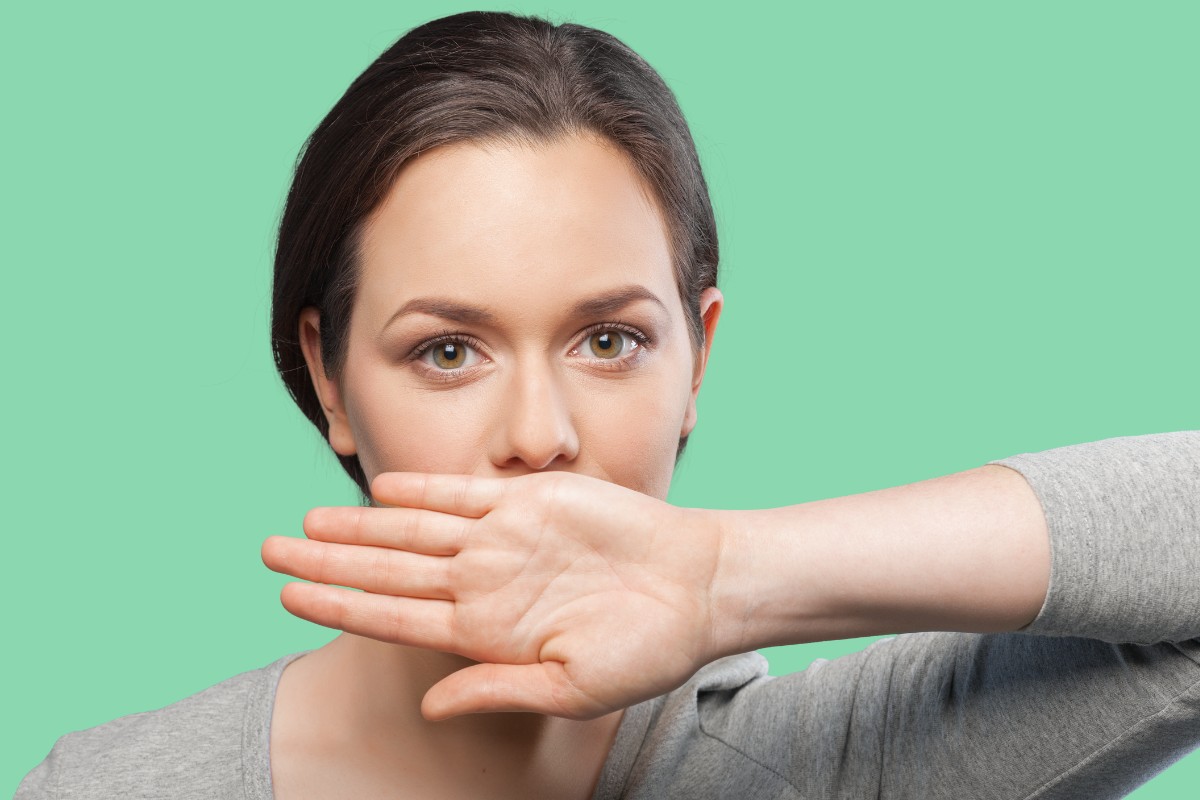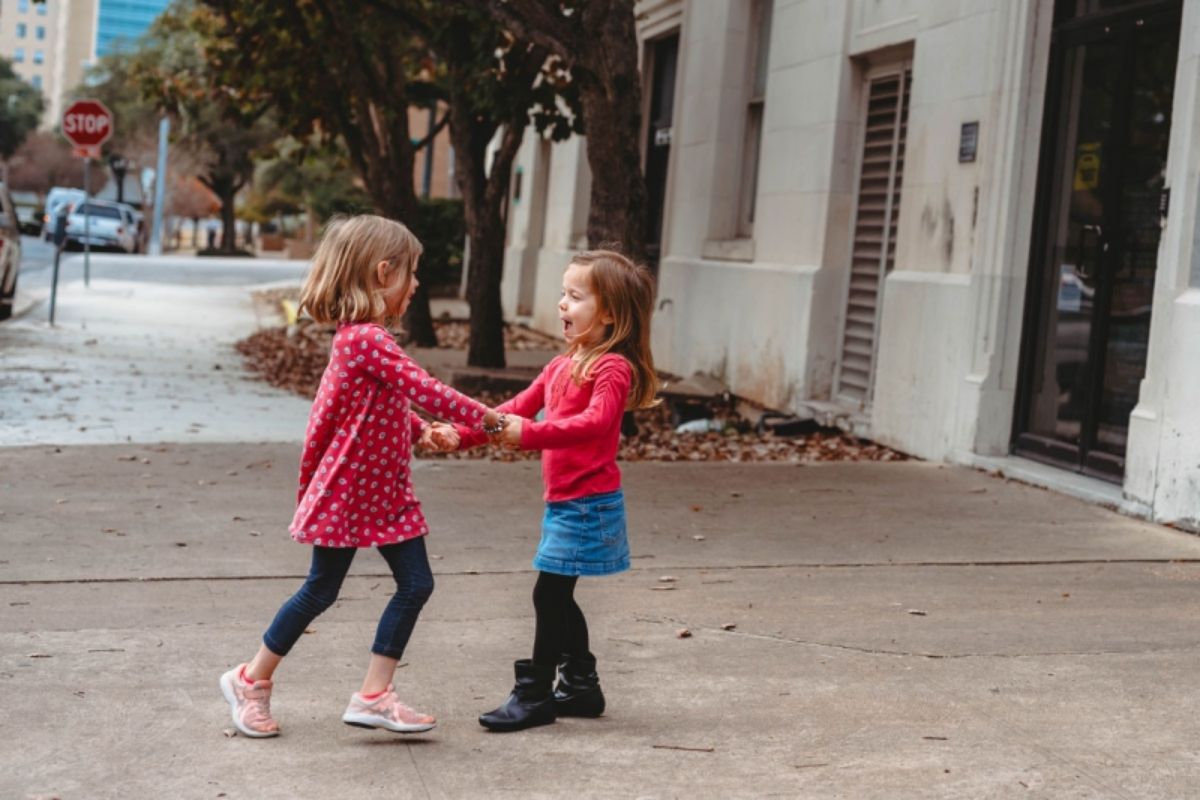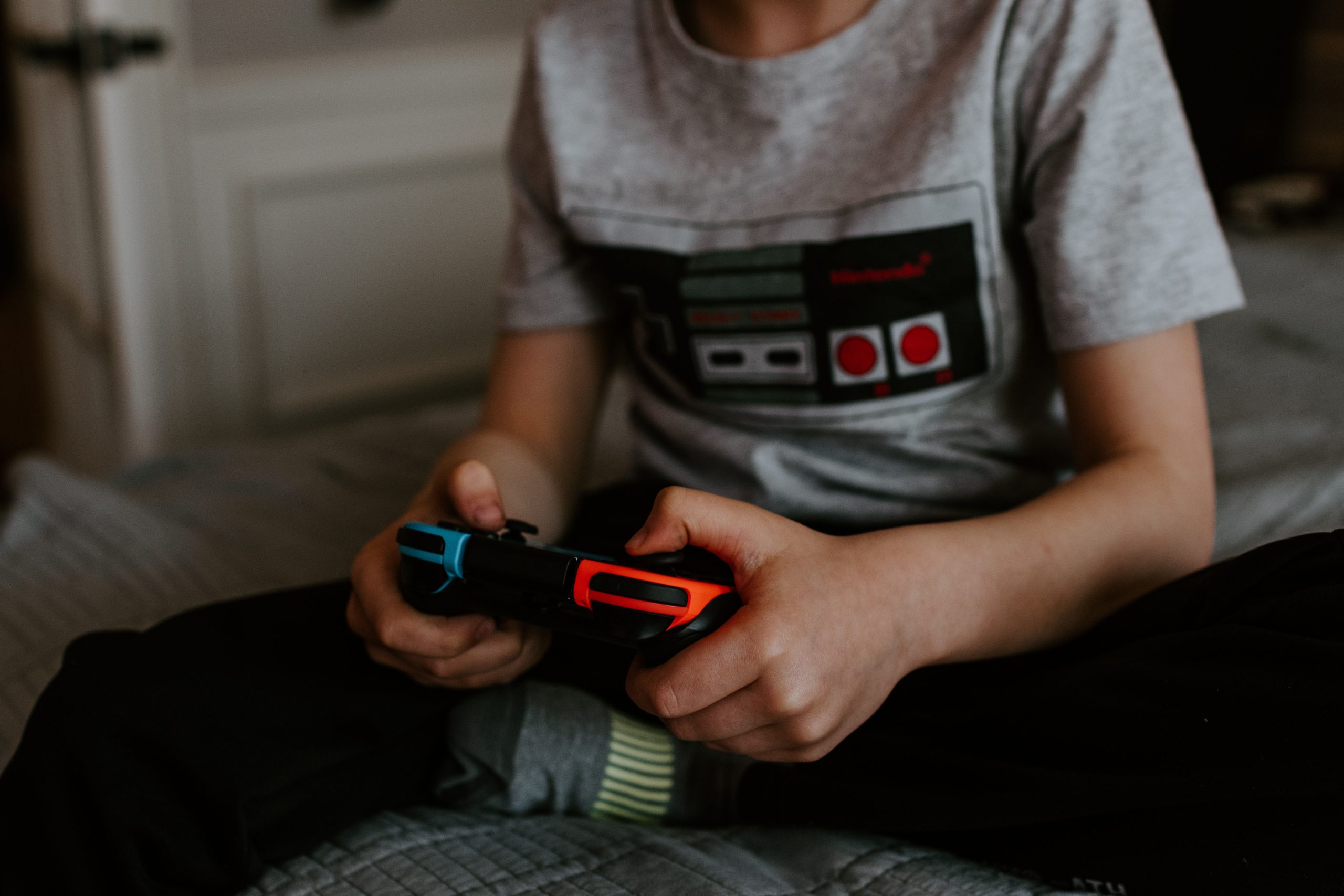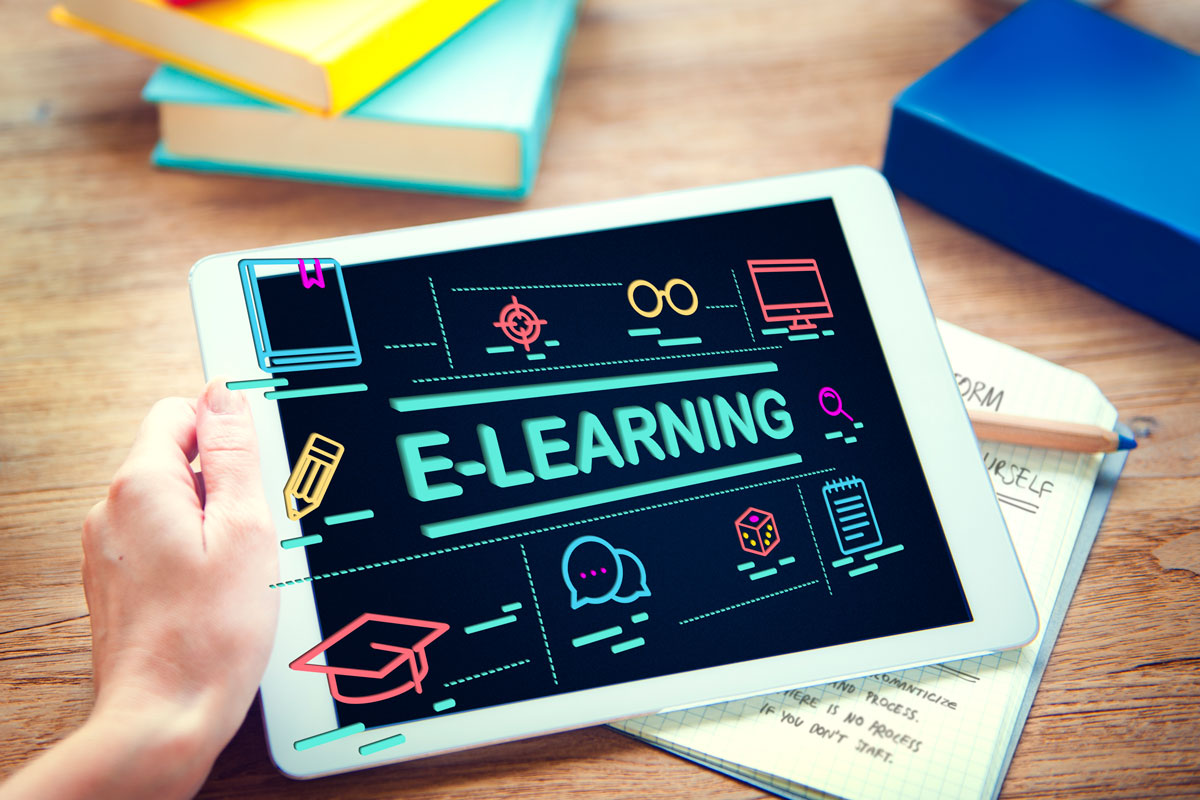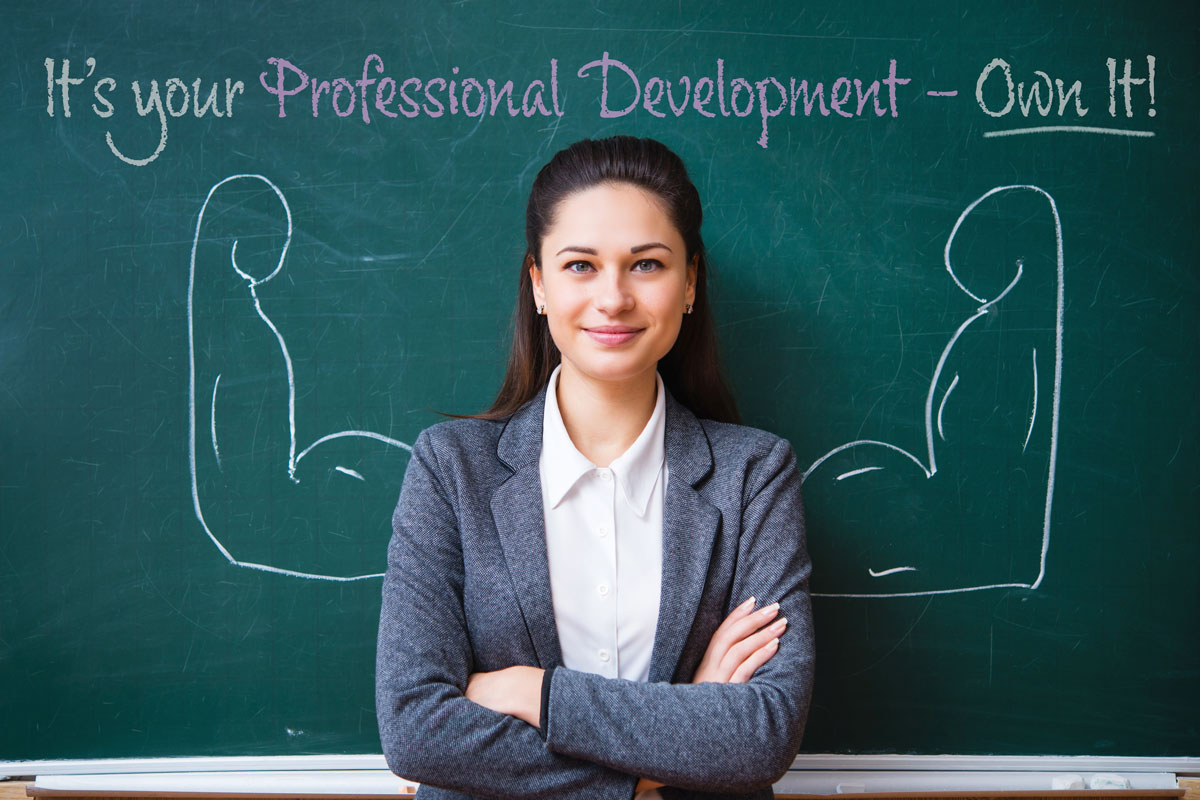3 EdTech Mindfulness Tools You Must be Using Now
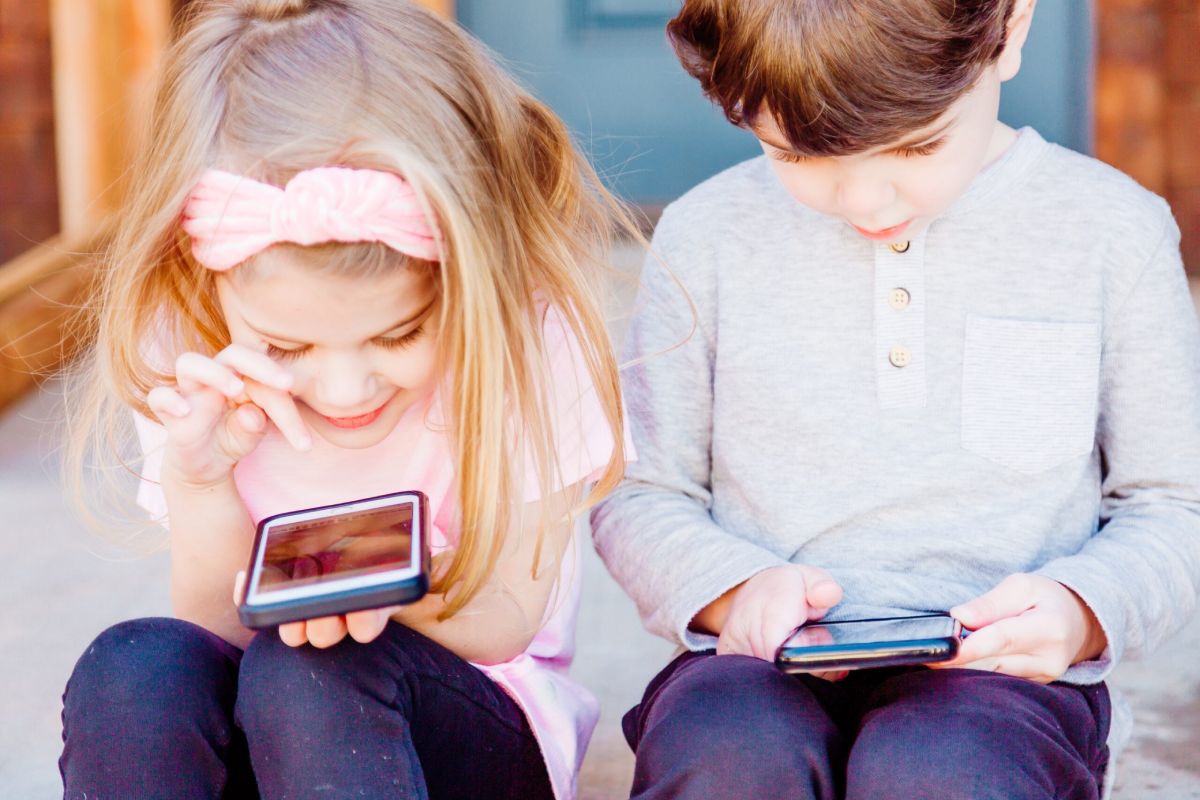
The coronavirus pandemic has had a massive impact in our lives. Who would have ever thought that our wee ones would be zooming into the classroom?
It’s something that I certainly thought would never happen at such a young age. I also thought I would never have zoom dates with friends and family. It’s hard to believe that that’s even a thing.
I love the fact that the students I work with had devices throughout the pandemic in order to stay connected to learning and growing despite many of the negative impacts of the pandemic in education, particularly for our lower socio-economic families.
As a mindfulness educator, I’ve really had to pivot how I approach teaching the content in my classroom. The 2020-2021 school year is the year where I relied heavily on technology, which is kind of funny because I teach students how to unplug.
I’ve learned a lot about edtech tools over the course of the pandemic school year, and many of them have been absolute lifesavers and great ways to engage my students in learning, but there’s been one edtech tool that rises above them all – mindfulness apps!
I teach my students a mindfully-infused social and emotional learning (SEL) curriculum and give them daily opportunities to connect to experiential learning through a variety of mindfulness and yoga practices, and active-based learning projects.
While I think it’s important that they have plenty of opportunities to connect to mindfulness and yoga practices themselves without reliance on technology, I also believe teaching them the right edtech mindfulness tools for their age and developmental phase is vital for them to grow a sustainable practice, and maintain good enough mental and emotional health, especially in today’s high-paced and complex world.
So, I have been teaching them how to leverage technology to help them meet their mindfulness-based SEL goals in the classroom, and in life for years to come.
And, we can not longer put up some artificial divide between a student’s academic health, and mental and emotional health.
Students’ academic development and goals will not go very far without the internal foundation that a mindfully-infused SEL curriculum provides. Mindful tech and apps are opening up new doorways to students, teachers, and parents in ways that weren’t available several years ago.
If you and your students are ready to get your calm on, steady your focus, and build up your mindset to reach your goals, I’m sharing three mindfulness apps that can get you and your students headed in that direction.
MyLife For Schools Web-Based Application and the MyLife App
One of the things I love about the MyLife application is that not only can you download this to your phone or tablet, but since the pandemic, MyLife created a web-based application where students and teachers can connect on any computer device to access their very diverse and large library of guided mindfulness practices in audio and video formats.
The app is rated for ages 4 and up, but in my personal experience, I have found the app to be most beneficial with ages 10 and up.
They also have a diverse range of narrators you can choose from (including spanish speaking), and they created a section in their library specifically for youth of color as a way to build positive cultural identification and identity development through mindfulness-based practices and reflection.
Another big plus about MyLife is that they have a built-in check-in system where students can pick an emoji that best describes their physical and mental states, then choose up to 5 emotions to specifically describe their emotional state and build quite the emotional intelligence vocabulary.
This check-in process takes the data that a student user inputs, cycles it in their algorithm, and then tailors suggested mindfulness practices to the student based on that data. If you or your students aren’t sure what practice to do, this is a great way to get started, and create a tailored practice for exactly what your mind, body, and heart need to get re-focused and re-energized in the classroom.
There are annual fees/licenses associated with having access to MyLife for Schools based on usership. You can contact MyLife directly for a free demo at your school and get all the program and pricing information. Here’s the link: https://my.life/mylife-for-schools/
Another option to use MyLIfe as a mindfulness resource in your classroom is to download the app directly to your phone or tablet. You can purchase an annual subscription for $59.99 to unlock all the features of the app, but to get started, you can download the app and get access to some resources immediately for free, including the check-in that I mentioned. Here’s the link to the app: https://my.life
Our school had the opportunity to pilot the web-based application to our primary and middle school classrooms during the end of the pandemic school year. We personally had the most success with older students (students ages 10+).
A lot of my students loved this app, and gained a lot of value from having access to it while at school and at home, as did many of our teachers. We are currently exploring other app pilots in order to make the best informed choice on which edtech mindfulness product connects best with our students, teachers, and families.
Overall, MyLife is a great edtech mindfulness product, and I really love that they created a version of their app that’s accessible on any computer or laptop through MyLife for Schools.
Ninja Focus: Kids Mindfulness
Another up and coming edtech mindfulness app for young people is Ninja Focus. Their app’s mission is committed to helping kids focus, regulate their emotions, and fall asleep faster.
They have a variety of features including bedtime stories and lullabies, guided meditations, emotion check-ins to help kids build their emotional intelligence vocabulary, music for calming down and focus, yoga poses and flows, and tracking progress. Your kids can use this app directly on a tablet or phone, and choose their own, very cute and visually appealing, “ninja bunny” avatar as a way to personalize their experience. This app is rated for ages 4-12.
What I love about this app is the visual appeal for a younger audience. Younger kids will love the fact that they can choose their own “ninja bunny” avatar, and there’s such a variety of mindfulness content.
I believe this app can also be a great bridge to any mindfulness-based SEL that students are learning at school in order to reinforce at home. In that regard, it’s an awesome app for teachers and parents.
Ninja Focus is currently piloting their app in several schools in the northeast, and will be piloting the app at an elementary and middle school within KIPP Texas Public Schools in Houston in the fall of 2021. I will be facilitating this pilot, and look forward to sharing the feedback that we get from students, teachers, and parents.
I have a story-themed meditation series on the Ninja Focus App called Funny Bones Meditations. You can check those meditations out here: https://www.ninjafocus.com/meet-ninja-focus-authors/athea-davis/
Also, be on the lookout for new content coming in the fall of 2021. I will have additional guided meditations, deep relaxation practices, and mindful pep talks to help your students and kids get in the right mindset space to reach their goals at school, home, and life.
JabuMind – Self-Care for Teachers
When I discovered that there’s a mindfulness app dedicated to teachers’ self-care needs I had to reach out and talk to the app’s founders. I had the opportunity to chat with the three women founders of JabuMind with backgrounds in mindfulness, education, psychology, and psychotherapy. You’ll get to hear them soon on my podcast, Mindful Living with Athea Davis.
Until then though, I wanted to share some of my favorite features. First, did I already mention that this mindfulness app is dedicated solely to the health and well-being of teachers?!
Any educator reading this knows that teaching is stressful. It’ s menatally exhausting, emotionally taxing, and physically demanding. Yet, despite the inherent stress in teaching, it’s also a rewarding and fulfilling job.
Many educators, particularly new educators, are prone to high stress levels, overwhelm, and burnout. However, with the right tools, mindset, and routine, educators can fully enjoy their job without getting burned in the process.
That’s where JabuMind comes in.
They prioritize a teacher’s health and well-being with a variety of guided mindfulness practices including guided visualization, and short and longer meditations with a variety of themes that connect to a teacher’s experience. Themes range from summertime play and joy, compassion fatigue, stress and anxiety, burnout, and so much more!
Practices range from 2-30 minutes so you can choose the right dose of mindfulness you need at any moment. JabuMind also has a slider scale check-in feature for your mood and sleep, and tracks your progress with completion points.
The app also features a specialized meditation experience in some of their guided practices called iRest®, which, according to the founders of the app, is an evidence-based method proven to reduce stress, anxiety and depression, increase well-being, and improve sleep.
You can download the app on iTunes or Google Play for free to get started. If you are ready to unlock all the app features, they also have premium options available starting at $9.99 a month or $59.99 a year.
Since this is an educator-focused mindfulness app, JabuMind is open to having conversations with schools and educators on special pricing packages. You can connect with them and get started by downloading the free app version here: https://jabumind.com
What I love about the JabuMind app is that it’s sole focus is on addressing the health and well-being of the educator, which is vital to the health and well-being of students in the classroom, and the health and success of the entire school culture, and ultimately to the community at large.
It’s never been easier to incorporate mindfulness into your classroom, school, and home in order to educate the whole child.
All of these apps have free versions so you can test them out and see what you and your kids like. Start the school year off right and download one or all three of these apps to get the ultimate well-being experience for every school-related context.
This article is available and can be accessed in Spanish here.


